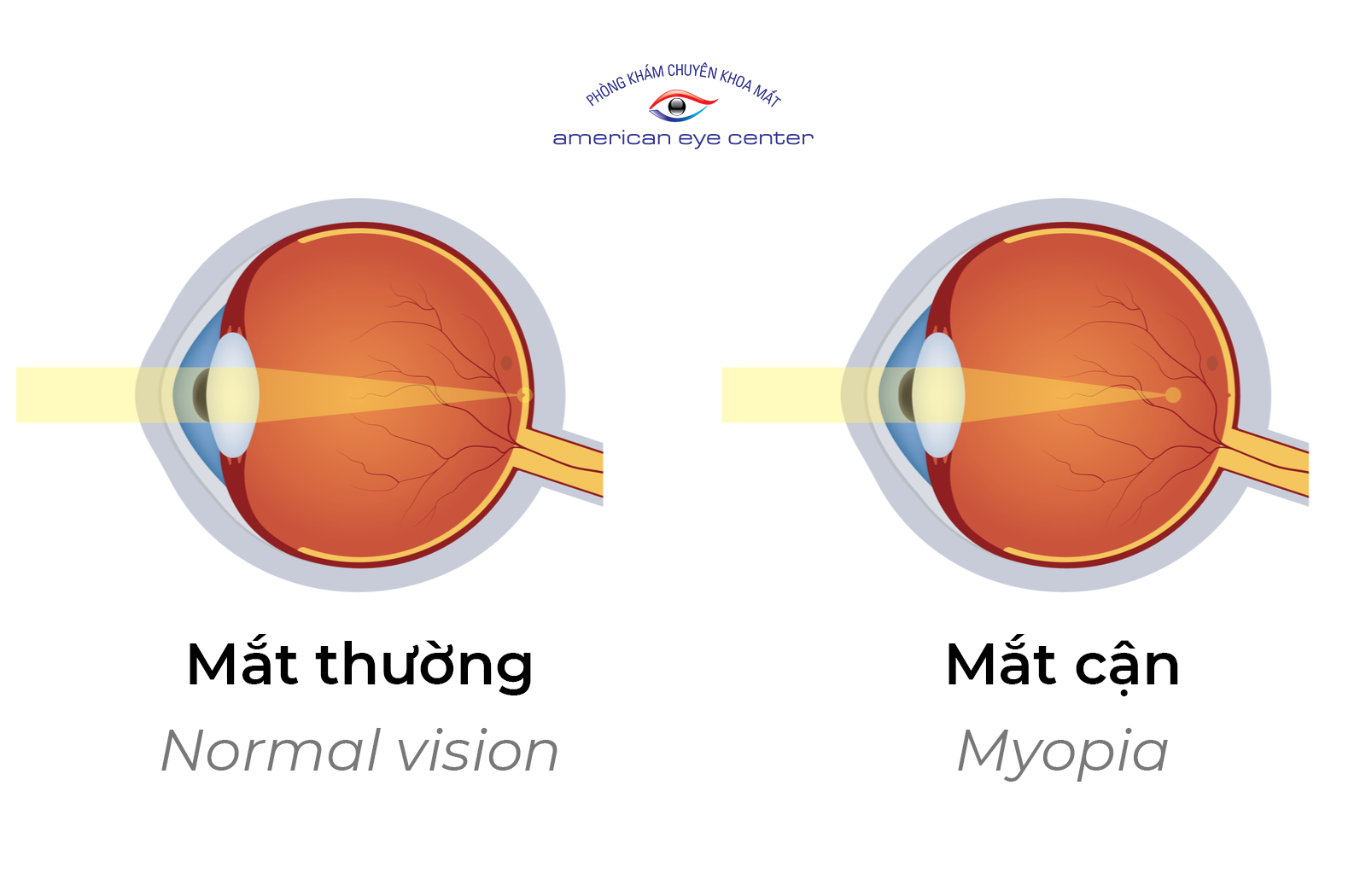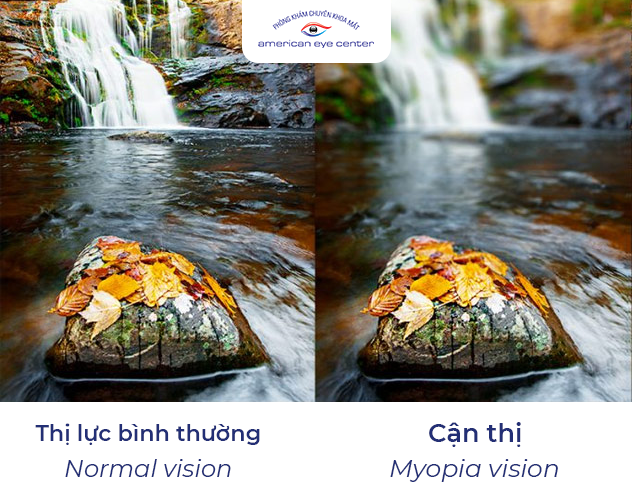‘Myopia’ or ‘nearsightedness’ is a condition where your child sees close-up objects clearly, but cannot see distance objects (such as the blackboard) clearly. Many children with myopia also have astigmatism (another type of focusing abnormality). Myopia commonly develops during school age and progresses gradually, requiring stronger glasses to see clearly for distance, until it often stabilizes in late teens.
In essence, myopia occurs when the eye is too long or the lens system of the eye is too strong. In both instances, the object image is focused in front of instead of on the retina (the light-sensitive area in the back of the eye) and the image is seen blurred. High myopia increases the life-long risk of developing earlier cataracts, glaucoma and retinal detachment.

There is evidence that myopia is to a significant degree genetically determined. If one or both parents are myopic, there is a higher probability that the child will also develop myopia. In addition, myopia is more common among Asian children than among children in Europe, USA or Africa.
Increased levels of education, income level, urbanization and time spent indoors are contributing to a dramatic increase in myopia. For example, it has been shown that there is a much higher level of myopia among children living in big cities than in children living in rural environments.
Depending on the child’s age, degree of myopia, and eye health, we may apply one method or a combination of the following:
Reduce eye strain during study and may slow myopia progression.
Worn at night, research shows they can slow myopia progression compared to regular glasses or contact lenses.
Used in large studies, shown to significantly slow myopia progression with minimal side effects.

5th Floor, 105 Ton Dat Tien, Tan Phu Ward, District 7, HCMC
Thứ Hai - Thứ Bảy: 8:00 AM - 5:00 PM
(028) 3519 1111
Golden House, 90 Nguyen Huu Canh, Ward 22, Binh Thanh, HCMC
Thứ Hai đến Thứ Bảy: 9:00 - 18:00
Chủ Nhật: 9:00 - 17:00
(028) 7301 6758